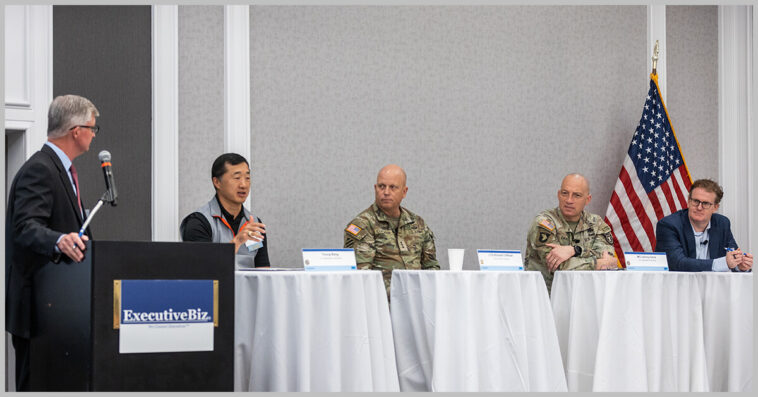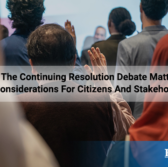The “exorbitant” amount of data being taken in by the U.S. Army is impacting the effectiveness of warfighters and commanders, and the service branch’s leaders say they actually need less of it.
“Information overload is real. Data overload is real,” said Young Bang, principal deputy assistant secretary of the Army for Acquisition, Logistics and Technology, during a panel discussion at the ExecutiveBiz Army Acquisition Priorities: Balancing Readiness and Modernization Forum on Wednesday.

For the warfighter, simply receiving large swaths of data is not helpful, Bang asserted. What service members need is not data, nor processed data in the form of information, but insights that can help them make better decisions.
“What we need is data processed to information, but more importantly, insights. Insights for the commander, insights for the soldier. Not to tell them what to do, but insights so they take action, because they are our resources, they know how to fight, they’ve been trained. They want to know alternatives and options. They want the insights so they can decide on how to fulfill the commander’s intent,” Bang explained.
Bang said intuitiveness and creativity are major assets for American forces on the battlefield, but having too much data and information can hinder that.
“We don’t need all that data,” Bang said. “We only need the insights.”
Dinand Tinholt, vice president of insights and data at Capgemini, agreed that across the board, in both the public and private sectors, organizations need to adjust their “data appetite.”
“You need all the data there, but what do you consume and how do you consume it? That’s crucial to make sure you don’t have an overload, but you do have it at the point where it generates value. And I think that’s the issue a lot of companies struggle with.”
The Army Futures Command is tackling the data overload problem by focusing on human-machine integration and teaming as one of its top priorities. AFC Deputy Commanding General Lt. Gen. Richard Coffman said machines can help lighten the burden of lighter cognitive tasks so that warfighters and operators can focus on the more complex decision making tasks.
“So rather than having multiple options and telling a commander what to do, what we want to do is replace staff processes, to allow staff to focus on other things, and we start with those things that we’re not very good at to begin with,” said Coffman.
He shared that when operators don’t execute certain tasks, it’s likely because they are simultaneously assigned to other tasks that take higher priority. Coffman said some of those staff processes should be automated or removed to reduce the burden on warfighters.

The Army Recruiting Command is also working to glean insights from vast troves of data to improve Army recruitment and make decisions that help the command decide how to divide its resources and adjust its strategy.
Maj. Gen. Johnny Davis, commanding general of USAREC, said, “Based on that [recruitment] data, then I need to understand how I need to focus my advertising, my marketing, my bonuses — all the different things are we are now synchronizing, and that’s why we’re transforming the way we are right now.”
Davis noted that he would like to use technologies like artificial intelligence and machine learning in recruitment efforts going forward.

Learn how military branches and other government agencies are harnessing new technologies like artificial intelligence to help process its data. Join the Potomac Officers Club’s 5th Annual AI Summit on March 21, 2024. Register here for your chance to meet, learn from and network with the top AI experts and leaders from government and industry.





